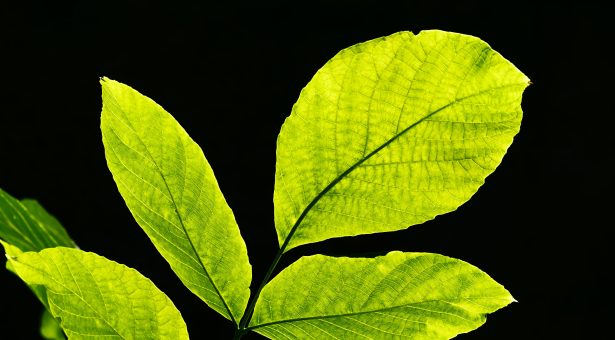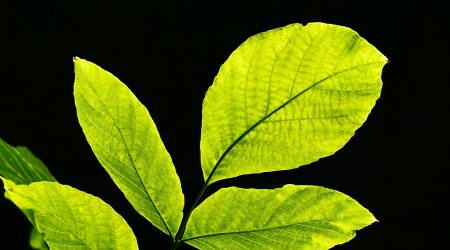Why do plants produce oxygen?

Every year, the John Innes Centre hosts the International Undergraduate Summer School, where students from various countries have the opportunity to spend 8 weeks learning and experiencing life here at the John Innes Centre in Norwich. Each student is hosted by a lab or group where they complete a research project to gain new skills.
Ellie Watts is an Undergraduate student from the University of St. Andrews who is participating in the programme and embedded in Michael Webster’s group. We asked her one of the most fundamental questions in plant science: why do plants produce oxygen?
Over to Ellie.
“International Plant Appreciation Day is celebrated around the world on April 13th, but have you ever considered why we take the time to celebrate our plant friends?
Plants produce oxygen, that we, along with all other aerobic (air-requiring) life, need to survive. Without plants and their oxygen-producing skills, life on earth as we know it would not exist today.
How do plants make oxygen?
Plants produce oxygen as a byproduct of photosynthesis, a series of chemical reactions that occur inside plant cells in response to sunlight.
During photosynthesis, light energy from the sun is used to convert carbon dioxide (CO2) and water (H2O) into nutrients for plants, a concept that every GCSE biology student is familiar with.
To produce the sugar glucose from CO2, water molecules must be split to release hydrogen ions (H+). These can then react with CO2 to form glucose.
Consequently, gaseous oxygen (O2) is formed from the remainder of the H2O molecule. Since it is not needed for the following reactions of photosynthesis, most is released as a waste product from the underside of the leaf through openings called stomata. This cycle has produced almost all the oxygen in our atmosphere.
Why is this important?
Oxygen is required by all aerobic organisms for survival and is used within cells to produce energy from sugars via respiration. Therefore, plants, along with photosynthetic bacteria and algae, support the existence of the vast biodiversity of life across the world’s ecosystems, including human beings. The emergence of photosynthetic organisms around 3 billion years ago increased oxygen levels sufficiently to support the evolution of aerobic life.
Additionally, as a major consumer of the greenhouse gas CO2 and producer of O2, plants have been described as the ‘architects of our atmosphere’. The delicate ratio of gases present within our atmosphere is maintained through the photosynthetic activity of plants across the world.
In the face of global warming, the importance of plant photosynthesis is only set to increase. Plants actively reduce the rate of global warming by taking in the greenhouse gas CO2, acting as a carbon ‘sink’, and limiting the amount present in our atmosphere. Given the increase in CO2 emissions from human activity, there is the possibility that we could increase the photosynthetic capacity of plants and algae so they take in and store more CO2. This could be one way to reduce the amount of CO2 in our atmosphere, and potentially slow the rapid warming of Earth.”
At the John Innes Centre, Michael Webster’s group are studying how the genes involved in photosynthesis are regulated. Understanding what controls this gene expression and its timing could help us to improve the yield of crops, which may be important to provide future food security.
We asked Ellie about her experiences on the International Undergraduate Summer School:
“I’m currently a 3rd year Undergraduate from the University of St Andrews where I read Biochemistry. I haven’t previously worked on any plant projects, so this has been an incredibly opportunity to gain some experience in the plant biochemistry field.
“As the site of photosynthesis, unravelling the inner workings of the chloroplast is critical to our understanding of both photosynthesis and overall plant function. One area of interest is the regulation of gene expression within the chloroplast which dictates how much of a particular protein is made in response to specific stimuli.
“This is the focus of my summer project in Dr Michael Webster’s lab at the John Innes Centre, where I’m currently investigating proteins thought to regulate the expression of specific photosynthesis-related genes. I am primarily interested in expressing both proteins and purifying them so that a pure sample can be obtained. The hope is to then subject these samples to structural biology and biochemical methods to fully interrogate the role they play in the chloroplast.”



